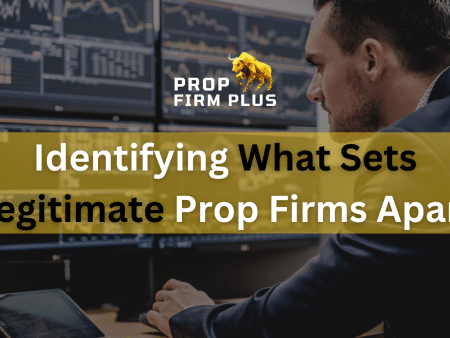
What Is a Flag Pattern?
As its name suggests, a flag pattern is a trend continuation chart pattern that resembles a flag flying from a flagpole. An orderly, diagonally symmetrical retreat that produces the flagpole and a forceful price rise that makes the flag itself make up a “flag.” The next leg of the trend move is initiated and the stock moves forward when the flag’s trendline resistance breaks. The pole formation, which nearly perfectly depicts a vertical and parabolic initial price rise, is what sets the flag apart from a standard breakout or collapse. When utilizing technical analysis to spot flag patterns, bullish and bearish flag patterns are most common.
Bull Flag
The beginning of this pattern is marked by a powerful, nearly vertical price increase that surprises short sellers, sending them into a frenzy as additional purchasers jump on the bandwagon. The price eventually peaks and develops a systematic retreat with literally parallel highs and lows, creating a tipped rectangle.
Plotting upper and lower trendlines reflects the diagonal nature that is parallel. The breakout occurs when prices surge again towards the formation’s peak and blast through to initiate another breakout and uptrend move. This occurs when the upper resistance trend line breaks again. The bull flag can have greater force if the flagpole’s spikes are sharper.

Bear Flag
The bull flag is reversed to form the bear flag. It is inverted and shares the same structure as the bull flag. After a nearly vertical price collapse during which bulls are caught off guard by sellers, a bounce with parallel upper and lower trendlines creates the flagpole. Panic sellers are set off when the lower trendline breaks and the downturn continues for another leg. The bear flag’s maximum strength is determined, much like the bull flag, by the magnitude of the drop on the flagpole.

Why Use a Flag Pattern
When bulls or bears feel overconfident or when the “other” side is taken off guard by the trend advance, flag formations sometimes begin aggressively. Bull flags cause bears to panic or increase their short positions when the bulls surge forward with a powerful breakout, taking the bears by surprise because of their complacency.
The bears feel more confident when the stock peaks and increases their short positions, only to get caught again when the breakout and further short covering occur. The second breakout through the flag can have an even more severe angle and severity of price action since short sellers from the first flagpole run-up may still be stuck. This is the point at which margin calls and forced liquidations begin. Bear flags experience the same thing but in reverse.
How to Use Flag Patterns to Plan a Trade
Patience is needed for flag patterns, as you must wait for the flag to develop before drawing the upper and lower trendlines. These will have the levels of admission and halt. It is ideal to time your entry using a momentum indicator such as the stochastic. To assist in timing entry and exits, use the stochastic crossovers in the 80/20 band.
Trade Entry
When playing for the trend continuation break, every flag configuration has two entrance points. The initial entry is located on the flag break, while the second possible entry is located on the flagpole’s high break. The trader can profit on an early advance back to the flagpole’s peak before the stock rejects or breaks out by making the first entry.
Trade Stop Loss
If the stock loses steam, a flag pattern also permits two measured stop-loss levels. As a cautious trail stop, the first stop-loss might be set beneath the higher trendline on uptrends and the lower trendline on downtrends. To prevent wiggles, some traders might want to give it more leeway and position their stop at or below the lower trendline during uptrends and the lower trendline during downtrends.
Although using the second trendline stop-loss may be more expensive, it prevents premature stops from being made in response to wiggles at the first trendline. When following the second trendline stop-loss, lighter shares might be employed to reduce part of the risk.
Target Price Points
Once you enter a flag pattern, several indications may be used to determine the targets. The flagpole’s high or low point will be the first target on every flag design. You can utilize fib price levels or Bollinger Bands if the flagpole price peak is exceeded. Plotting the flagpole’s high, low, and high price levels back to back will yield the goals for the fib price levels. This ought to provide both the fib extension levels and the fib retracement levels. The 1.27, 1.414, and 1.618 fib extensions each serve as a potential price reversal zone (PRZ), suggesting three possible price target levels.










